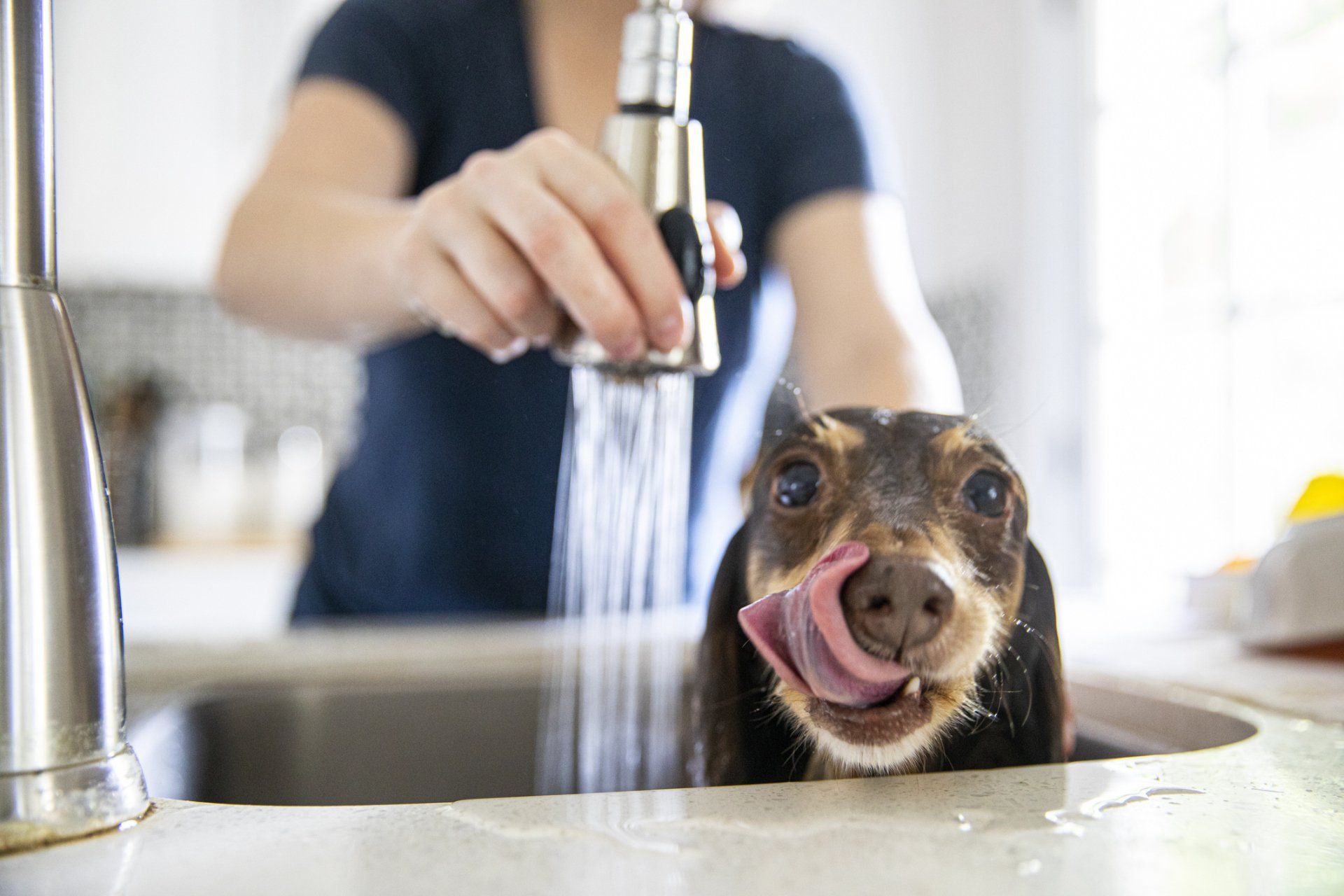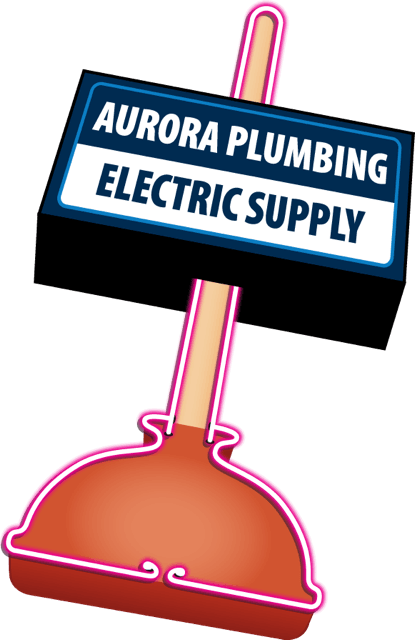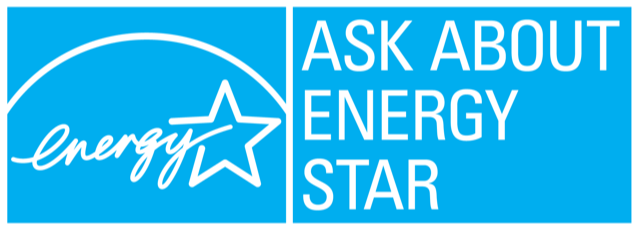Choosing the right Water Heater in Seattle, WA

Water Heaters: Which one is best for you?
Let’s start with the different kinds of water heaters
Electric Tank
Hybrid/Electric Tank
Gas (Propane or Natural Gas)
Tank-style vs Tankless (sometimes referred to as “On-Demand”)
Point-of-use
Electric, tank-style:
Electric water heaters work by utilizing electric-powered elements (usually 2 – one upper and one lower) controlled by their individual thermostats. These elements are inside the tank, in direct contact with the water. Think of it like an electric stove element... it’s much the same.
When the thermostat senses the tank is getting cool, it will turn on the corresponding element which gets quite hot and heats the surrounding water to the preset temperature – typically about 120 degrees – then shuts the element off.
The upper and lower elements and thermostats do not work at the same time (called “non-simultaneous”). Only one element will be on at any given time. Once the upper thermostat senses that the upper part of the tank is hot, it then switches power to the lower thermostat – and if the lower thermostat senses the tank is not hot enough, it will turn on and heat the lower section. This is because heat rises.
Hybrid (sometimes called "Heat Pump") water heaters can have many of the same components mentioned above, but their main source of heat comes from a compressor mounted on the heater that transfers ambient heat from the surrounding area into the water in the tank. This compressor, when running, makes some noise (not unlike a refrigerator's noise), so you'll want to take this into consideration when deciding on a water heater, especially when the heater is located in an alcove or closet near bedrooms, etc..
When hot water is being drawn from the heater, the cold incoming water is forced to the bottom of the tank by what’s called a ‘dip tube’. The lower part of the tank will cool off first, which will cause the lower thermostat to turn on. If enough hot water is drawn out of the heater, then the upper section of the tank will cool. The upper thermostat will then perform two functions: Turning off the lower thermostat – then turning on the upper element. This process takes place until the entire tank is hot.
What can go wrong?:
1) The heater isn’t producing as much hot water (showers are much shorter):
There can be numerous reasons for this:
- The "Dip Tube" (mentioned above) has broken away: The dip tube is a plastic tube that can degrade and/or break off completely within the tank. When this happens, the incoming cold water takes the “path of least resistance” and tries to go directly to the outgoing ‘hot’ water, cooling it off in the process.
- The lower element has burned out: Because the lower portion of the tank cools off first, the lower element generally gets the bulk of the workload – and therefore is usually the first to fail. It’s best to replace all electrical elements and thermostats if this happens, because it could also be the switch in the upper thermostat. If you’re going to the trouble to replace one item, you might as well replace all and start ‘new’
- There is a large buildup of sediment in the bottom of the tank: Over time, sediment will build up on the bottom of your tank. If flushed yearly, this is rarely an issue. However, most of us don’t remember to do this yearly flush, and sediment will build up to the extent that it diminishes the volume capacity of the tank, giving you less hot water.
2) The water went cold completely:
The two most common reasons are either the elements and thermostats have burned out – or – the power to the heater from the house’s electrical panel has been either shut off, or the breaker/fuse has burned out.
3) The water got scalding hot one day (actual steam coming from faucets), then the next day, the water was completely cold:
This is because one of the thermostats has ‘fused open’, meaning it will not shut off, and therefore severely overheats the water. Once this happens, there is a safety switch on the upper thermostat that stops the electricity completely, causing the overheating to stop – which also causes the tank to go ‘cold’ over a number of hours – usually the next day.
In this case, all electrical components in the heater should be replaced due to the strain this puts on the elements and thermostats.
4) The water heater is leaking:
Unfortunately, in this case the water heater needs to be replaced.
Gas, tank-style:
If your residence has gas, either propane or natural gas, it will most likely have a gas-fired, tank-style water heater. This is because gas water heaters generally have a much lower energy cost than an electric heater.
Gas water heaters use a bottom burner that is controlled by a thermostatic gas valve that turns the burner on and off as necessary. The heat from this burner goes directly up through the center of the water heater, exhausting through the top of the heater and is ducted outside, most often terminating through the roof of the residence.
However, unlike electric water heaters, gas water heaters come in different ‘venting’ varieties.
- Standard Vent: This is the most common, but that doesn’t mean this is the style in your home. Standard vent heaters have a single ‘cap’ in the center of the top of the heater that is directly connected to a duct that is either 3 or 4 inches in diameter, and either goes up through the roof, connects to the vent of another nearby unit such as a furnace, or goes directly into a brick chimney – which then goes up through the roof.
- Direct Vent: 2 features distinguish this style of venting. The vent comes off the top center of the tank, but it is generally over 6 inches in diameter and makes a fairly quick 90 degree turn to go directly through an outside wall, terminating in a vent cap on the side of your home.
- Power Vent: This venting is easy to spot because it is generally 2 to 3 inch PVC (white) plastic pipe coming off a ‘motor unit’ on top of the heater. This allows the heater to be placed in areas where the other 2 vent-styles cannot be installed.
What can go wrong?:
1) The heater isn’t producing as much hot water (showers are much shorter):
Like electric water heaters, gas heaters can also experience broken or disintegrated dip tubes, as well as sediment buildup that will diminish the amount of hot water it can deliver.
Since gas heaters use a thermostat that controls the flow of gas, there are no elements to change. But when a gas valve fails, it can be a fairly expensive thing to replace, as it is labor-intensive. The thermostat in the gas valve can lose its ability to accurately sense the temperature of the water, and shut the heater down before it’s hot... causing less deliverable hot water, resulting in shorter showers, etc..
2) The pilot light went out and it won’t re-light:
Some gas water heaters use a pilot light to fire up the burner once the gas valve senses the heater needs heat. If equipped, the pilot light is a small, blueish flame that is always present near the burner on the bottom of the heater. It is generally visible either through a sight-glass, or by removing a protective cover below the gas valve.
If the pilot went out, or was shut off... it will need to be re-lit by means of a flame source (torch or long matchstick). The pilot is controlled by an item called a thermocouple. This is a long, ‘wire’ going from the gas valve to a ‘holder’ that keeps the end of the thermocouple in the flame of the pilot. If this safety device has failed, it turns the gas off at the gas valve, causing it to not be able to be re-lit.
If this is the only issue, then replacement of the thermocouple can get you back up and running. However, again, the gas valve could be faulty... or the main gas valve may be shut off.
3) The water heater is leaking:
Unfortunately, in this case the water heater needs to be replaced.
Tank-style vs Tankless (sometimes referred to as “On-Demand”):
The two methods of residential water heating are – tank-style, meaning the water is stored in a large (average 50 gallon) tank, which keeps it’s water hot by means of electricity or gas -and- tankless, which ‘stores’ very little water, but heats the water passing through as it’s being used (thus the term “on-demand”) by means of electricity or gas.
Tankless powered by electricity:
These units are typically better suited for what’s called “point of use” heaters, meaning it’s a small unit that only has the capacity to heat the water for a single faucet.
Whole-house electric tankless water heaters are much larger versions of their smaller point of use cousins, but work on the same principle: Heating the water quickly as it is moving through a ‘coil’ of piping within itself.
Because of the enormous amount of electricity it takes for an electric tankless unit to allow enough water through it to be able to handle the load placed on it by the average home, many times it’s not a feasible option. The reason? Electric whole-house tankless heaters often require over 100 amps of power to run... and most homes, unless built for this option, don’t have the available power in their electrical panels.
Tankless powered by natural gas or propane:
Gas powered tankless heaters can be a great option! They only use a small amount of electricity to power the computerized components, as well as an exhaust fan, so available electricity is normally not a problem.
The basic principle is this: The heater has a coil (referred to as a ‘heat exchanger’) which is heated by the gas that the cold water runs through. As the water is running through this coil, there are many sensors telling the computer how hot the water is at that point, and the computer either opens or closes a valve to control how fast the water is flowing through the heater so that there is time for the water in the coil to get to the preset outlet temperature - normally about 120 degrees. The colder the incoming water, the slower the unit has to let the water run so it can have time to heat to the outgoing temperature. This is important, as we will discuss below.
There are things that have to be taken into consideration when deciding if a gas powered tankless water heater is a good fit for you:
- Available gas. Because gas powered tankless heaters use more gas when they are running than their tank-style counterparts, you need to be sure your gas lines can handle this. It’s best to have one of Aurora Plumbing’s experts help you determine if your gas system can handle it. With today’s new technology in high-efficiency gas valves, it’s easier than ever to convert your old tank to a new tankless.
- Venting. Unfortunately, the old venting for the tank-style water heater cannot be used for your new tankless heater. The high efficiency of the tankless heater creates a different kind of exhaust which cannot be run through galvanized or aluminum venting. The new tankless unit will require new venting to be run outside. Aurora Plumbing’s technicians can assess how/where the new vent can be run.
- Sizing. Not the overall dimensions of the heater... it’s how much ‘deliverable’ hot water it can supply at a given time. Not all tankless heaters are created equal! And... many times, their listed flow rate can be deceiving.
Unlike tank-style heaters, you’re not concerned about how many gallons the heater holds... you need to be aware of how many gallons per minute the heater will deliver (referred to as ‘flow rate’).
The ‘flow rate’ is how fast the water can be heated to its preset temperature once it leaves the heater (usually 120 degrees). If the incoming cold water is fairly warm (comparatively), then the tankless heater doesn’t have to work as hard to heat up the water, and therefore the flow rate is higher.
However, in our area, during the winter months (when we use more hot water by means of warmer showers, etc.) our incoming water can be 50 degrees. The colder the incoming water to the heater, the more that heater has to slow down the flow so the water exiting is at its preset temperature. During the winter, if the incoming water is 50 degrees, and the preset temperature of the heater is 120, then the heater has to increase the temperature of the water by 70 degrees.
This is why it’s important to look at a unit’s flow-rate chart to see what the flow rate would be at a 70 degree rise. In many cases, although the tankless heater is “rated” at 10 gallons per minute... this may only be if the water needs to rise 40 degrees or so. At a 70 degree temperature rise, the flow rate of this same heater may be as low as 4-5 gallons per minute. This is the rate from which you’ll want to ‘size’ your tankless heater.
Aurora Plumbing can help you determine what flow rate would be a good fit for not only what you have for your plumbing fixtures, but how you use your hot water.











